Table of content
- Step 1: Cool Completely
- Step 2: Wrap Properly
- Step 3: Refrigerate Promptly
- Step 1: Pre-Freeze Preparation
- Step 2: Packaging Techniques
- Step 3: Freezing Process
- Step 4: Thawing and Reheating
- Salt Brine Soak
- Vinegar Rinse
- Oil Coating
- Steaming: The Preferred Method
- Boiling: For Softer Texture
- Microwaving: Quick but Careful
Zongzi, the iconic pyramid-shaped rice dumplings wrapped in bamboo leaves, are a beloved culinary tradition celebrated during the Dragon Boat Festival and beyond. These sticky rice treats, often filled with ingredients like red bean paste, salted egg yolk, or marinated pork, require time and effort to prepare. After investing hours in wrapping and cooking them, the last thing you want is for your hard work to go to waste due to improper storage. Whether you’ve made a large batch for a family gathering or simply want to savor the flavors of the festival longer, mastering the art of preserving zongzi is essential. This comprehensive guide will explore science-backed methods, practical tips, and creative solutions to ensure your zongzi remain fresh, flavorful, and safe to eat for days, weeks, or even months.

Understanding Zongzi: Composition and Shelf-Life Challenges
Before diving into storage techniques, it’s crucial to understand why zongzi are perishable. Made from glutinous rice, which is high in starch and moisture, zongzi provide an ideal environment for bacterial growth if not stored correctly. The addition of ingredients like meat, eggs, or dairy (in some regional variations) further increases the risk of spoilage. Additionally, the bamboo leaves used for wrapping, while adding aromatic flavor, are porous and can trap moisture, accelerating microbial activity if not dried properly.
Key factors affecting shelf life:
- Moisture content: High moisture levels promote bacterial and fungal growth.
- Temperature: Warm environments speed up spoilage.
- Ingredients: Protein-rich fillings (e.g., pork, egg yolk) spoil faster than vegetarian options.
- Packaging: Improper sealing exposes zongzi to air, contaminants, and freezer burn.
Refrigeration: Short-Term Storage (3–5 Days)
For zongzi you plan to consume within a week, refrigeration is the simplest method. However, improper refrigeration can lead to sogginess or dried-out rice. Follow these steps for optimal results:
Step 1: Cool Completely
Allow cooked zongzi to cool to room temperature before refrigerating. Placing hot food in the fridge raises internal temperatures, creating condensation that accelerates spoilage.
Step 2: Wrap Properly
- Option 1: Airtight Containers
Store zongzi in shallow, airtight containers lined with paper towels to absorb excess moisture. Avoid overcrowding to ensure even cooling. - Option 2: Plastic Wrap
Wrap each zongzi individually in plastic wrap, pressing out excess air. This prevents cross-contamination and maintains moisture levels.
Step 3: Refrigerate Promptly
Place wrapped zongzi in the coldest part of your fridge (typically the back, away from the door). Consume within 3–5 days for best quality.
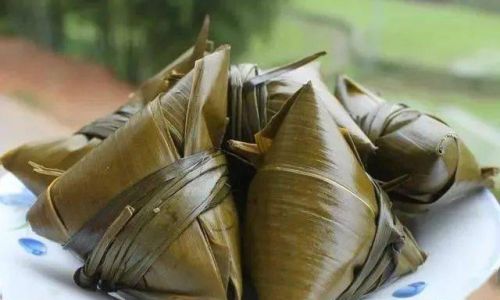
Pro Tip: To reheat, steam zongzi for 10–15 minutes or boil in water for 8–10 minutes. Avoid microwaving without wrapping in a damp paper towel to prevent drying out.
Freezing: Long-Term Storage (Up to 3 Months)
Freezing is ideal for preserving zongzi beyond a week. When done correctly, frozen zongzi retain their texture and flavor for up to three months.
Step 1: Pre-Freeze Preparation
- Cooling: As with refrigeration, ensure zongzi are completely cooled.
- Drying: Pat zongzi gently with a clean towel to remove surface moisture. Excess moisture leads to ice crystals and freezer burn.
Step 2: Packaging Techniques
- Vacuum Sealing: The gold standard for freezing. Remove air to prevent freezer burn and oxidation.
- Freezer Bags: Place zongzi in heavy-duty freezer bags, pressing out air before sealing. Label bags with the date.
- Airtight Containers: Use containers with tight-fitting lids, leaving ½ inch of headspace for expansion.
Step 3: Freezing Process
- Layering: If using bags, lay them flat in a single layer on a baking sheet until frozen. This prevents clumping and allows for easy stacking.
- Temperature: Set your freezer to 0°F (-18°C) or lower for maximum preservation.
Step 4: Thawing and Reheating
- Thawing: Transfer frozen zongzi to the fridge 12–24 hours before reheating. Avoid thawing at room temperature to prevent bacterial growth.
- Reheating: Steam for 20–25 minutes or boil for 15–20 minutes. Microwaving is possible but may result in a slightly chewier texture; wrap in a damp paper towel and heat in 30-second intervals.
Common Mistakes to Avoid:
- Freezing while still hot (causes excessive ice crystals).
- Using thin plastic bags (risk of freezer burn).
- Forgetting to label containers (leading to mystery freezer items!).
Vacuum Sealing: A Game-Changer for Zongzi Preservation
Vacuum sealing removes air from packaging, creating an oxygen-free environment that inhibits bacterial growth and freezer burn. While it requires a vacuum sealer machine, the investment pays off in extended shelf life and quality retention.
How to Vacuum Seal Zongzi:
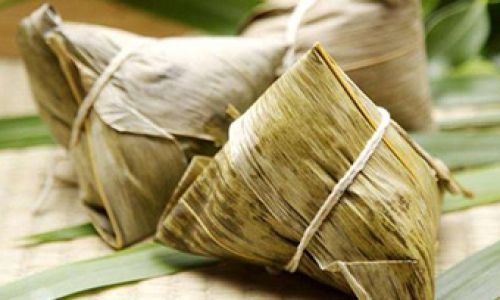
- Cool and Dry: Ensure zongzi are at room temperature and pat dry.
- Wrap Individually: Wrap each zongzi in parchment paper to prevent sticking.
- Seal: Place wrapped zongzi in vacuum-seal bags, leaving 3–4 inches of space at the top. Use the machine to remove air and seal tightly.
- Freeze: Store sealed bags flat in the freezer.
Vacuum-sealed zongzi can last up to 6 months without noticeable flavor loss.
Traditional Preservation Methods: Salt, Vinegar, and Oil
In some regions, traditional methods are still used to extend zongzi shelf life. While these techniques may not meet modern food safety standards, they offer cultural insight and practicality for short-term storage.
Salt Brine Soak
- Method: After cooking, briefly soak zongzi in a saltwater brine (1 tbsp salt per cup of water).
- Purpose: Salt inhibits bacterial growth by dehydrating cells.
- Caveat: Over-salting can alter flavor; use sparingly.
Vinegar Rinse
- Method: Wipe zongzi with a cloth dampened in diluted vinegar (1:4 vinegar-to-water ratio).
- Purpose: Vinegar’s acidity lowers pH, creating an inhospitable environment for pathogens.
- Caveat: May impart a subtle tangy taste.
Oil Coating
- Method: Lightly brush cooled zongzi with sesame or vegetable oil.
- Purpose: Oil creates a barrier against moisture and air.
- Caveat: Can make zongzi greasy; best for vegetarian varieties.
Note: These methods are not substitutes for refrigeration or freezing. Use them in conjunction with modern storage techniques for added safety.
Reheating Techniques: Restoring Texture and Flavor
Proper reheating is just as critical as storage. The goal is to revive the sticky, aromatic qualities of zongzi without drying them out.
Steaming: The Preferred Method
- Why It Works: Steaming gently heats zongzi while retaining moisture.
- Steps: Place zongzi in a steamer basket over boiling water. Steam for 15–20 minutes (25–30 minutes if frozen).
Boiling: For Softer Texture
- Why It Works: Boiling rehydrates the rice and leaves.
- Steps: Submerge zongzi in boiling water. Cover and simmer for 15–20 minutes (25–30 minutes if frozen).
Microwaving: Quick but Careful
- Why It Works: Fast and convenient.
- Steps: Wrap zongzi in a damp paper towel. Microwave on medium power in 30-second bursts until heated through.
Avoid: Reheating in an oven, as dry heat can harden the rice.
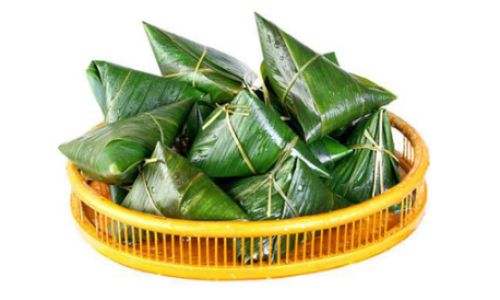
Signs of Spoilage: When to Toss Zongzi
Even with proper storage, zongzi can spoil. Trust your senses:
- Appearance: Mold, discoloration, or slimy texture.
- Smell: Sour, fermented, or ammonia-like odor.
- Taste: Off, bitter, or overly tangy flavor.
Safety First: If in doubt, discard. Consuming spoiled zongzi can cause food poisoning.
Creative Ways to Use Leftover Zongzi
Don’t let extra zongzi go to waste! Repurpose them into innovative dishes:
- Zongzi Fried Rice: Chop zongzi into cubes and stir-fry with vegetables, eggs, and soy sauce.
- Zongzi Dessert Soup: Simmer sweet zongzi in coconut milk with pandan leaves and tapioca pearls.
- Zongzi Stuffing: Crumble zongzi and mix with ground meat for a sticky, flavorful stuffing.
Conclusion: Savoring Tradition Responsibly
Preserving zongzi is both a science and an art. By understanding the interplay of moisture, temperature, and packaging, you can extend the life of these cherished treats without compromising their cultural essence. Whether you opt for refrigeration, freezing, or traditional methods, the key lies in meticulous preparation and attention to detail.
Next time you wrap a batch of zongzi, remember that proper storage is the final step in honoring this ancient tradition. With the right techniques, you can enjoy the flavors of the Dragon Boat Festival long after the celebrations have ended. So, store wisely, reheat gently, and savor every bite of your labor of love.
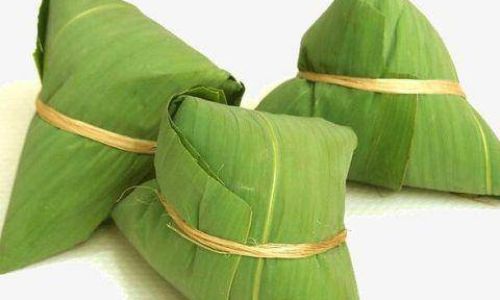
Final Tip: Share your zongzi with neighbors or freeze portions for impromptu gifts—after all, the best way to preserve tradition is to share it!


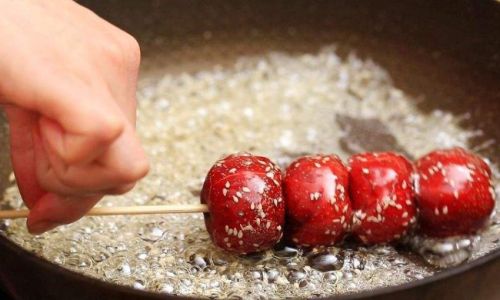


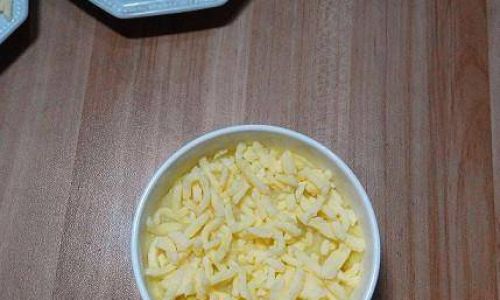
0 comments